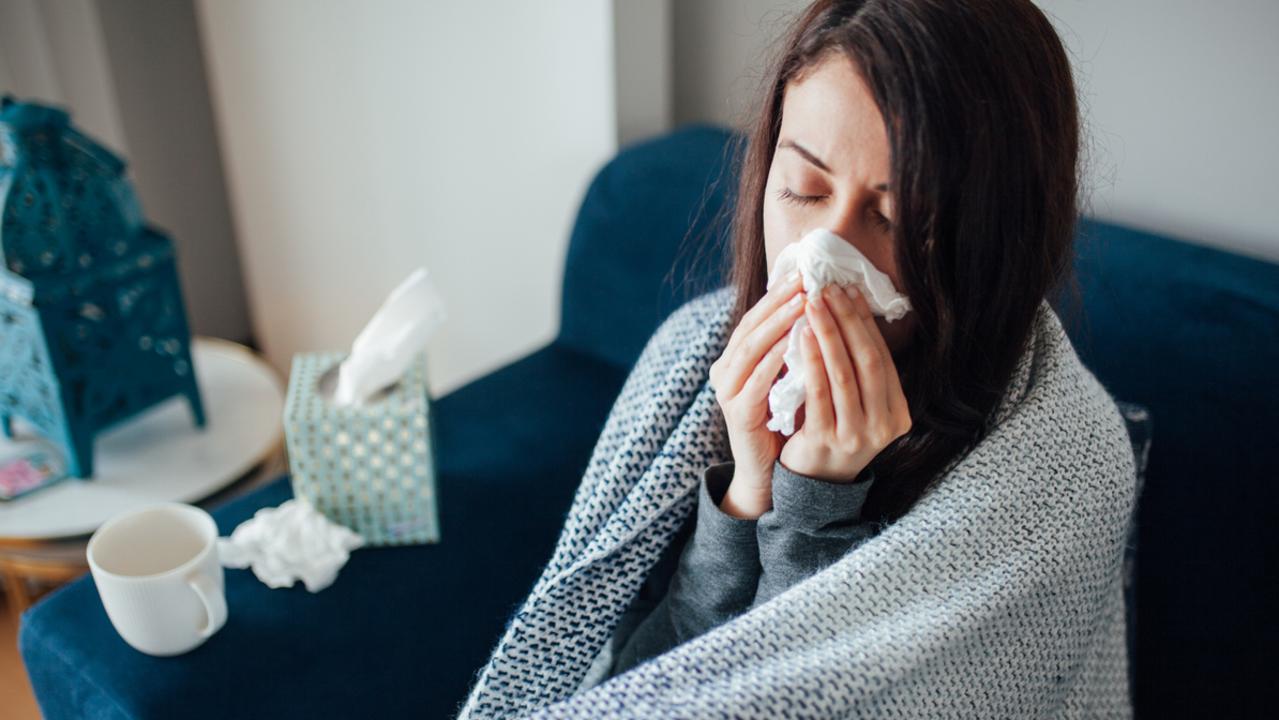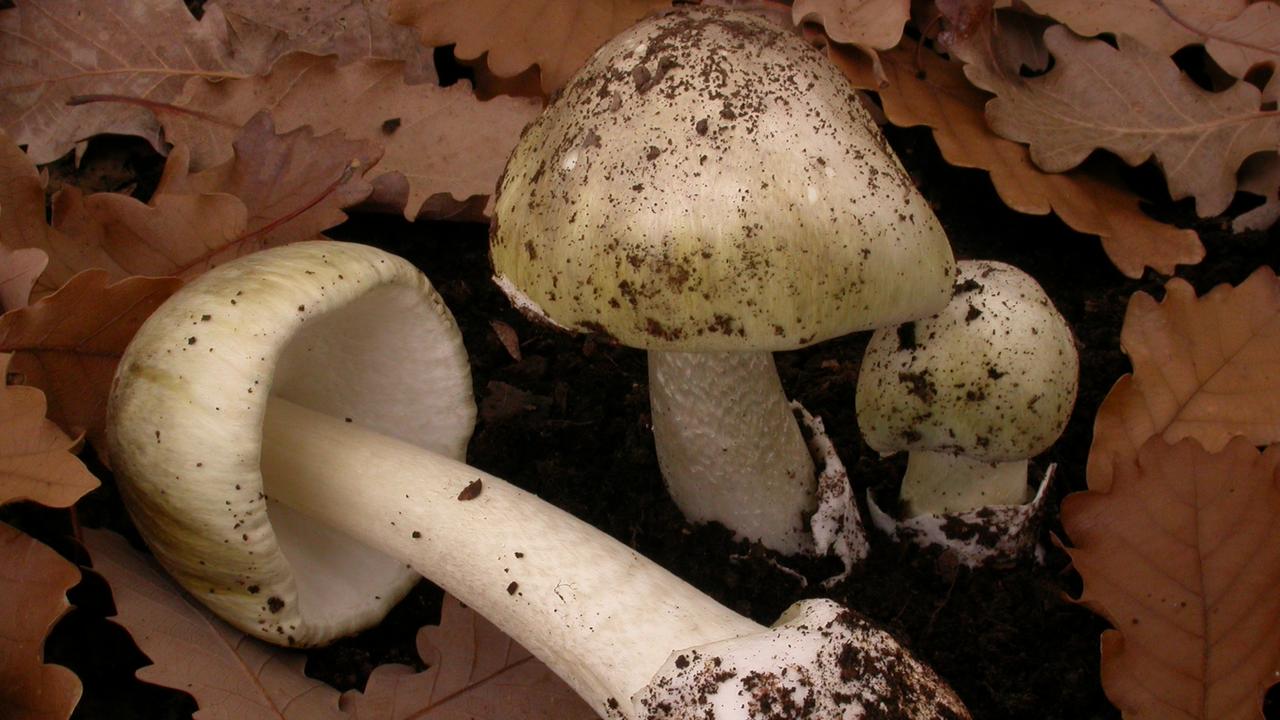New threat uncovered as superbug turns other bacteria into antibiotic resistance germs
Melbourne scientists have uncovered how a superbug can pass its ‘powers’ on to other bacteria, amid warnings the general public underestimates their threat.
Victoria
Don't miss out on the headlines from Victoria. Followed categories will be added to My News.
Melbourne scientists have uncovered how a superbug can pass its ‘powers’ on to other bacteria, amid warnings the general public underestimates their threat.
Their findings, published in Nature Communications, found superbugs – which even last-resort antibiotics will not treat – can share its genes for antibiotic resistance with other bacteria.
Monash University and Alfred Hospital researchers hope their findings will help hospitals track, and therefore stop, outbreaks, with the World Health Organisation warning superbugs could kill 10 million people a year by 2050.
The Alfred infectious diseases doctor and Monash University researcher Dr Nenad Macesic said doctors use carbapenem antibiotics as a last resort treatment, and often for infections other antibiotics won’t treat.
“We have few other options once we’ve used these guys up,” he said.
“But about 20 years ago we started to have outbreaks of bacteria that were resistant to this antibiotic.”

He said, despite their efforts, hospitals across Australia have struggled to stop their spread throughout their wards.
So, the team used genome sequencing to analyse two decades worth of relevant hospital infections, in a bid to learn more about the genetics behind these outbreaks.
Dr Macesic said they discovered the superbug bacteria used a “frisbee” like DNA sequence to pass its antibiotic resistance genes onto other bacteria.
“The genes that gave them the antibiotic resistance were carried on circular bits of DNA called plasmids, which are a little bit like frisbees that different kinds of bacteria can actually pass between them and that way pass on the resistance,” he said.
“When there was a new plasmid, or a new frisbee, that was able to carry these antibiotic resistance genes that would lead to a new spike in infections.”

Dr Macesic said superbugs were concerning because hospitals “rely so heavily on antibiotics” but the general public underestimated their impact.
“(They) can cause life-threatening infections,” he said.
“Elective surgery, patients who are immunocompromised, having chemotherapy, all these sorts of very regular things rely on us having active antibiotics.
“There hasn’t really been enough of an appreciation about how extensive this problem is, and then how much we’re having to deal with it in healthcare settings.”
But he said their findings could help track outbreaks, as the technology they used was accessible for hospitals, and identify the best treatment.
“Our next step is to really do this sequencing in real time, so that we’re doing surveillance on a regular basis,” he said.
“Then we can hopefully pick up when these kinds of resistance emerge much earlier on in the piece and be able to respond a lot more quickly.”
He said medical tests face strict regulatory requirements, but they hope to develop standards for hospitals to use in a real-time clinical, as opposed to research, setting in the coming years.
More Coverage
Originally published as New threat uncovered as superbug turns other bacteria into antibiotic resistance germs








